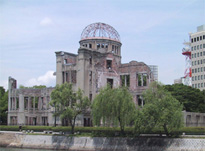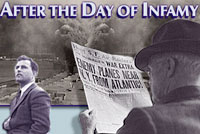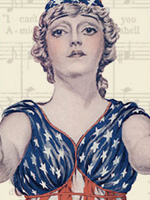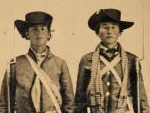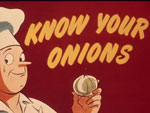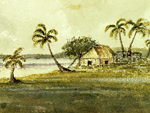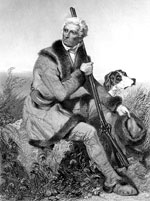Remembering Nagasaki
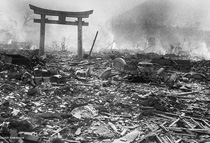
Part of the Memory Exhibition, this site commemorates the 50th anniversary of the atomic bombing of Nagasaki and Hiroshima through the presentation of images of the devastation in the former city and discussion of issues relating to the dropping of the bombs and historical memory of the events. The exhibit contains a slide show of 18 photographs by Japanese army photographer Yosuke Yamahata, taken in Nagasaki on August 10, 1945, the day after the bombing--"the only extensive photographic record of the immediate aftermath of the atomic bombing of either Hiroshima or Nagasaki"--with accompanying comments by Yamahata and a 1,200-word memo he wrote in 1952 on "Photographing the Bomb"; a sampling of approximately 65 recollections from people of different ages, nationalities, and ethnic backgrounds on how they learned about the bombing; excerpts from a public online forum on "the process of representing history, the inhumanity of war, the ethical responsibilities of scientists and technologists, and the historical decision to use the bomb"; and a list of 9 related films, 2 CD-ROMs, 27 books, and 13 links. A well-organized and powerfully presented exhibit.
